Peter Finch: Understanding Impact Basics
If you wish to change or improve your technique, you must first grasp the impact basics that generate golf's various ball flights. Peter Finch explains...
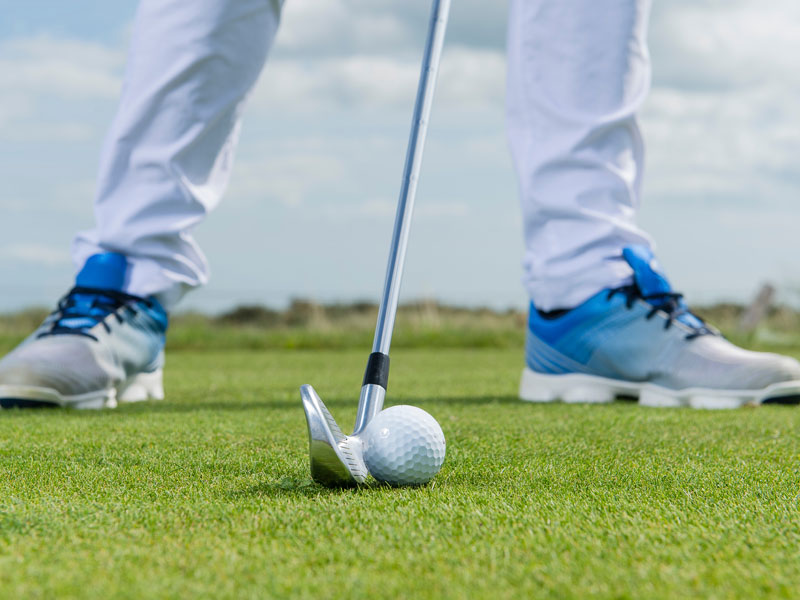

If you wish to change or improve your technique, you must first grasp the impact basics that generate golf's various ball flights. Peter Finch explains...
UNDERSTANDING IMPACT BASICS
If you wish to change or improve your technique, you must first grasp exactly what factors generate the various ball flights you see.
Swing path and target line The club laid down here indicates my target line, with my body aiming parallel to that. Ball flight depends on what your swing path does in relation to that target line and what the clubface does in relation to swing path.
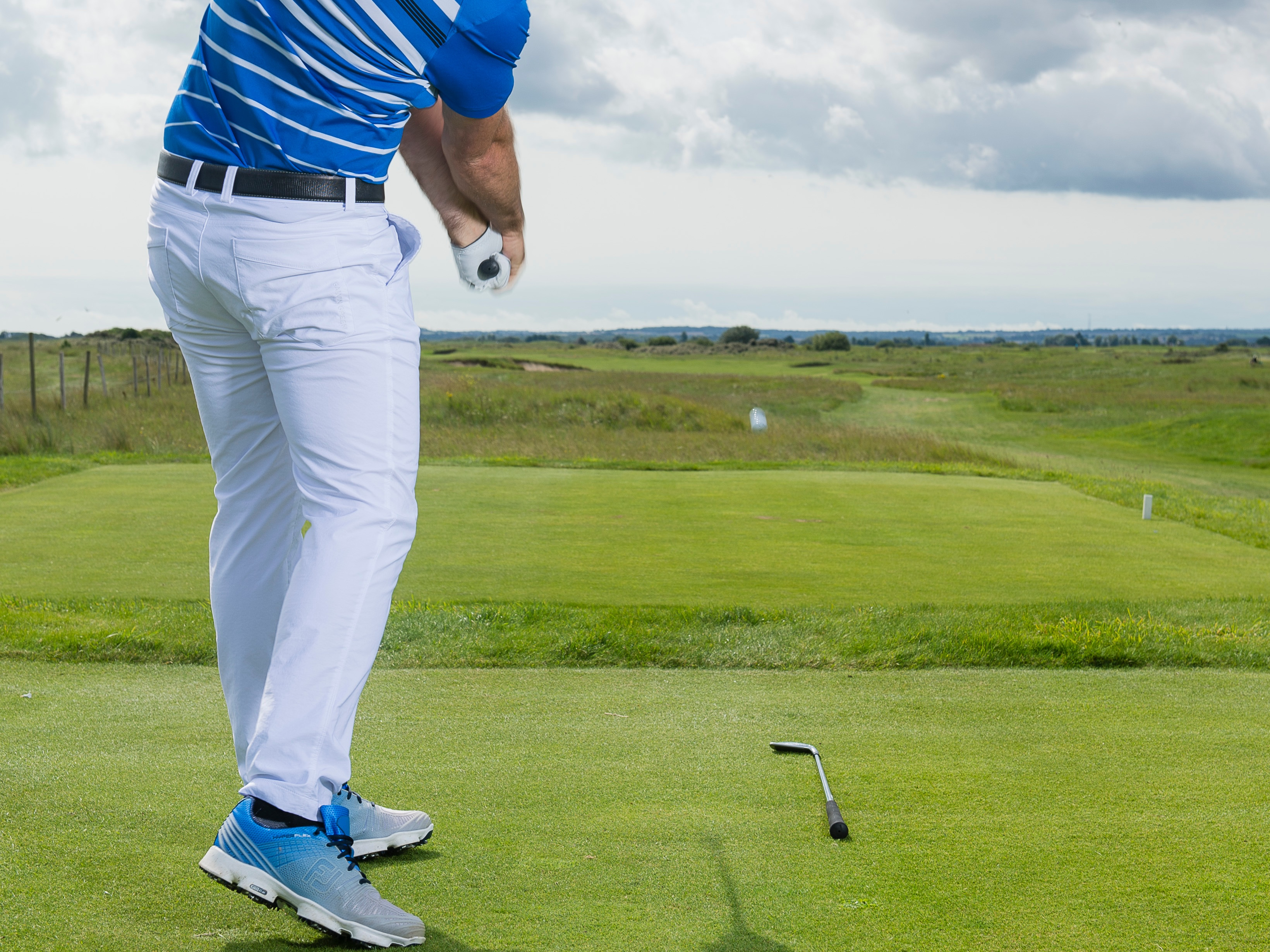
Assuming that your swing path isn’t exaggerated one way or the other, to achieve a straightish shot, your clubface must be neither too open nor closed at impact.
Watch all 7 videos in Peter's 'Keys to Consistency' series...
- Golf's set-up essentials
- How impact varies from club to club
- A new way to pitch
- A bullet-proof chipping action
- Fringe putting drill
- Pressure putting practice
Draws and fades If you’re looking to draw the ball into the target, your path will need to move from in to out in relation to the target line, while your clubface will need to be closed to that path, yet still open to your target line.
Get the Golf Monthly Newsletter
Subscribe to the Golf Monthly newsletter to stay up to date with all the latest tour news, equipment news, reviews, head-to-heads and buyer’s guides from our team of experienced experts.
For a fade, your path must move across your target line to the left, with the clubface remaining open to that path yet still closed to the target line.
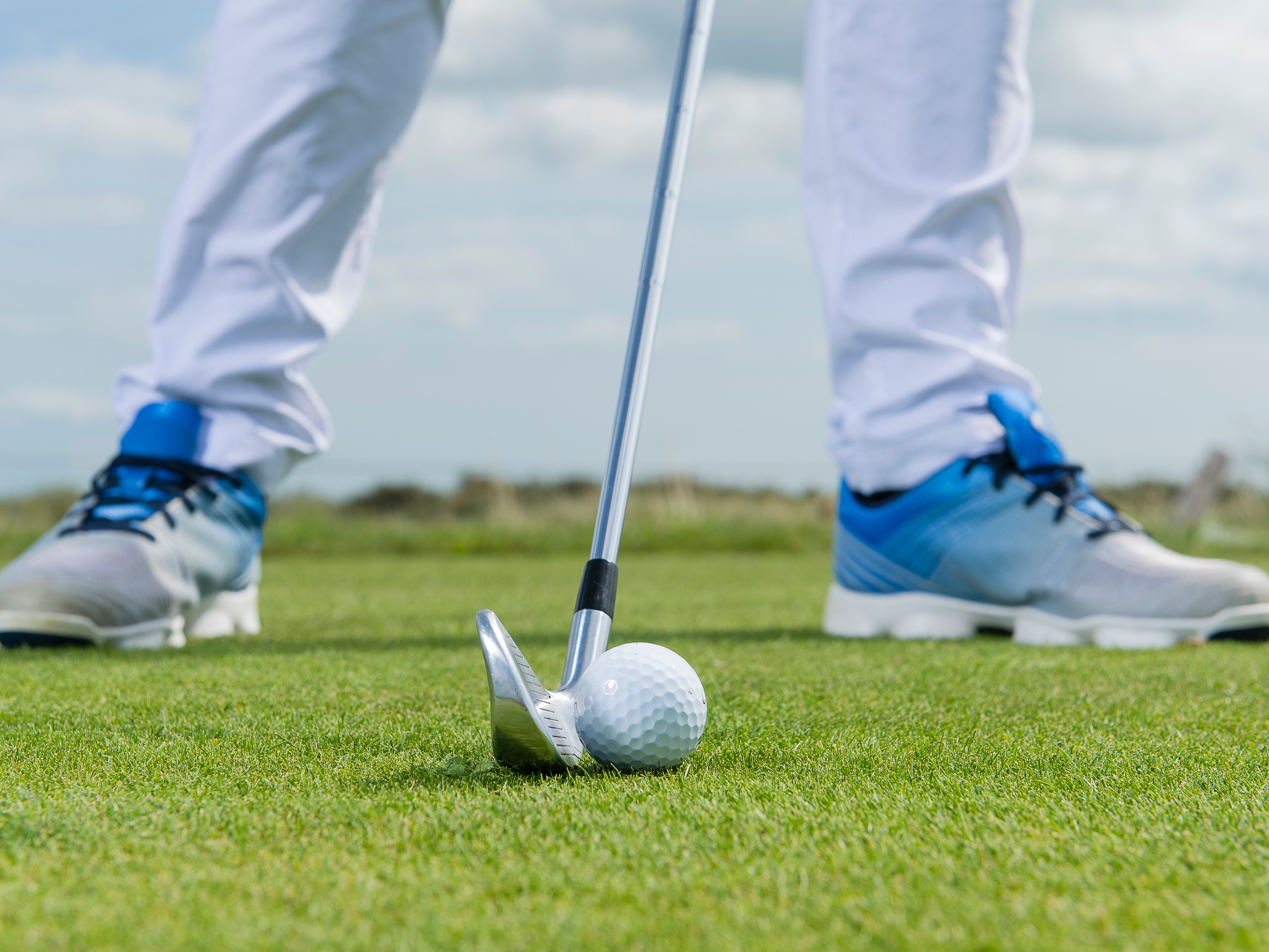
The clubface must remain open to the target line when trying to hit a draw - if it’s closed to the target line you’ll hit a hook; similarly, if your club is open to the target line when trying to hit a fade, you’ll end up with the dreaded slice.
Because you're always standing to the side of your target line, your club can only be moving straight to target at one point – the low point. That’s why it’s so hard to hit golf’s perfectly straight shot!

Jeremy Ellwood has worked in the golf industry since 1993 and for Golf Monthly since 2002 when he started out as equipment editor. He is now a freelance journalist writing mainly for Golf Monthly. He is an expert on the Rules of Golf having qualified through an R&A course to become a golf referee. He is a senior panelist for Golf Monthly's Top 100 UK & Ireland Course Rankings and has played all of the Top 100 plus 91 of the Next 100, making him well-qualified when it comes to assessing and comparing our premier golf courses. He has now played 1,000 golf courses worldwide in 35 countries, from the humblest of nine-holers in the Scottish Highlands to the very grandest of international golf resorts. He reached the 1,000 mark on his 60th birthday in October 2023 on Vale do Lobo's Ocean course. Put him on a links course anywhere and he will be blissfully content.
Jezz can be contacted via Twitter - @JezzEllwoodGolf
Jeremy is currently playing...
Driver: Ping G425 LST 10.5˚ (draw setting), Mitsubishi Tensei AV Orange 55 S shaft
3 wood: Srixon ZX, EvenFlow Riptide 6.0 S 50g shaft
Hybrid: Ping G425 17˚, Mitsubishi Tensei CK Pro Orange 80 S shaft
Irons 3- to 8-iron: Ping i525, True Temper Dynamic Gold 105 R300 shafts
Irons 9-iron and PW: Honma TWorld TW747Vx, Nippon NS Pro regular shaft
Wedges: Ping Glide 4.0 50˚ and 54˚, 12˚ bounce, True Temper Dynamic Gold 105 R300 shafts
Putter: Kramski HPP 325
Ball: Any premium ball I can find in a charity shop or similar (or out on the course!)
-
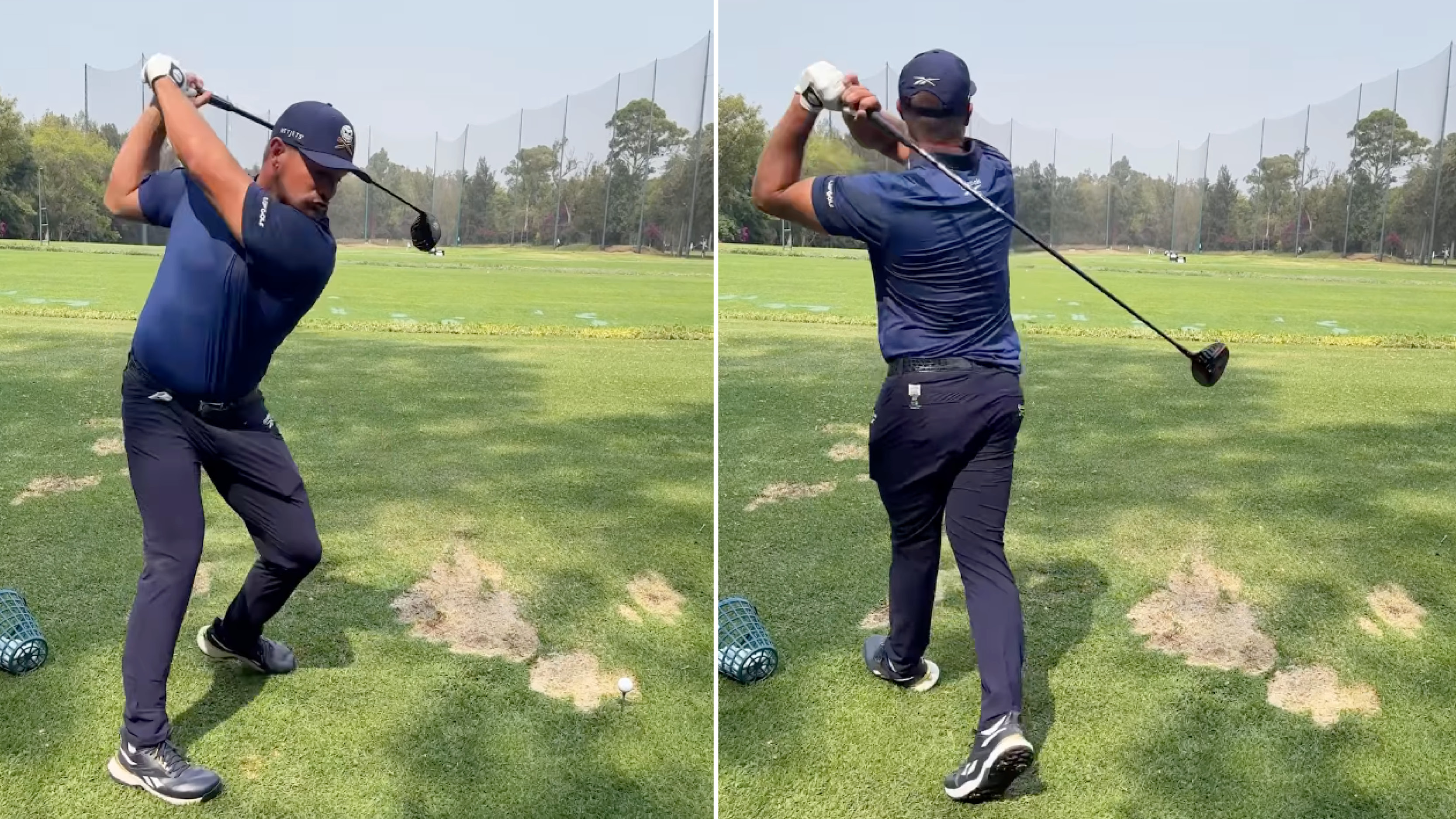 Watch Bryson DeChambeau Smash 400+ Yard Monster Drive In LIV Golf Mexico Practice
Watch Bryson DeChambeau Smash 400+ Yard Monster Drive In LIV Golf Mexico PracticeDeChambeau is hitting mega drives this week in the 7,800ft altitude setting of Golf Club de Chapultepec in Mexico City
By Elliott Heath
-
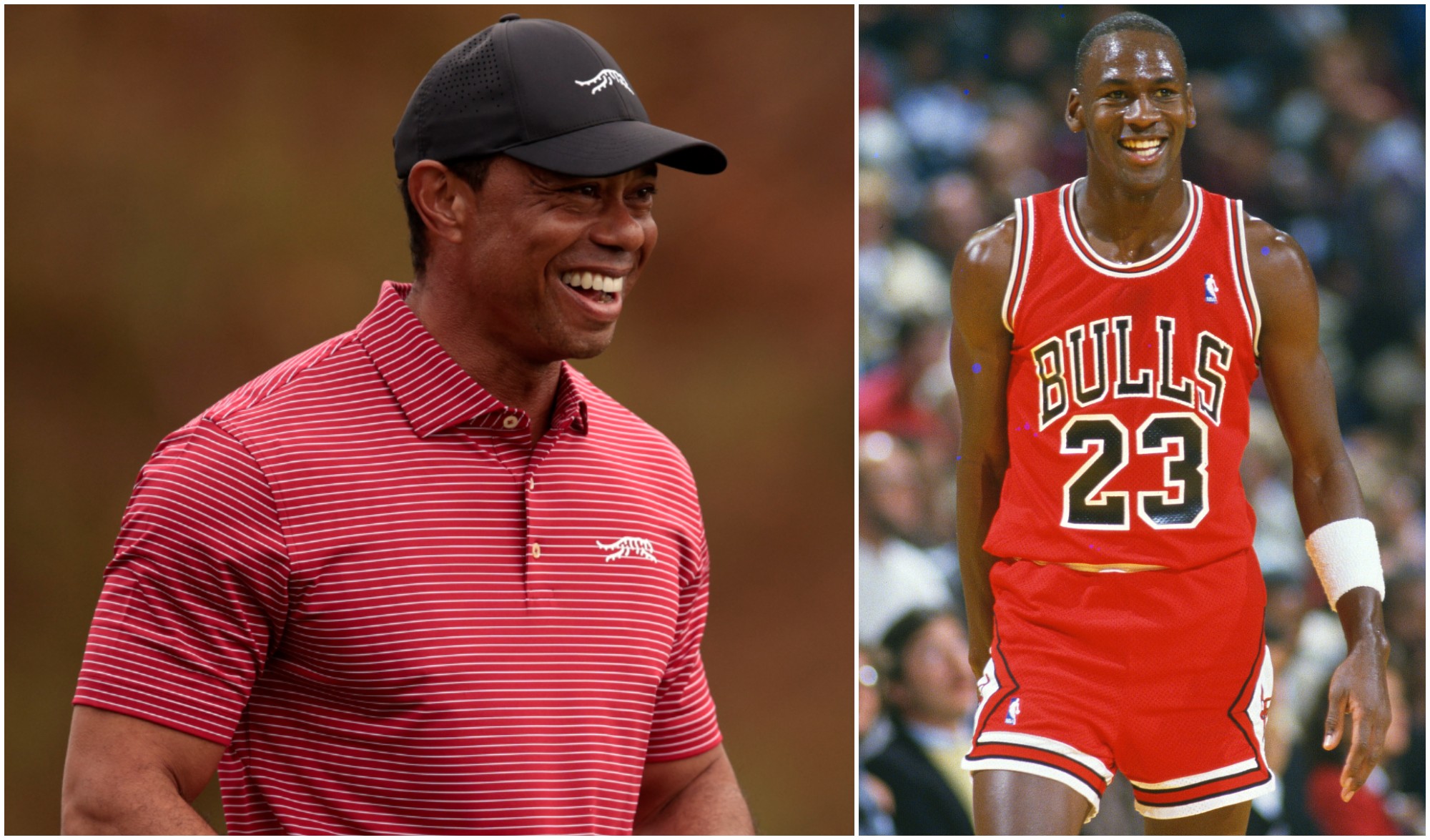 Tiger Woods Heads 8 Golfers To Make All Time Rich List Of Top 50 Highest Paid Athletes
Tiger Woods Heads 8 Golfers To Make All Time Rich List Of Top 50 Highest Paid AthletesTiger Woods is the second highest paid athlete of all time behind only Michael Jordan in a new top 50 rich list from Sportico
By Paul Higham